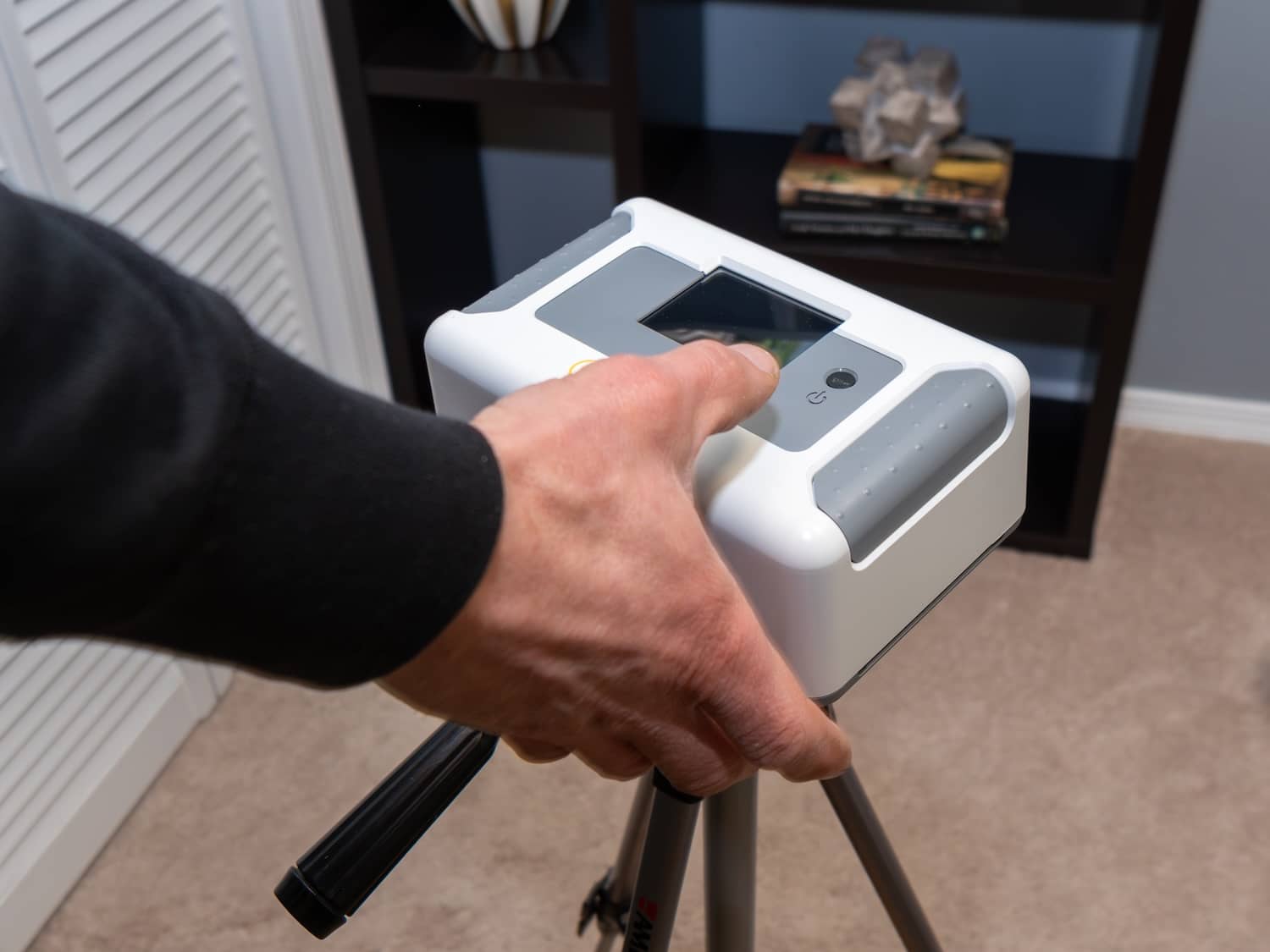
About Our Radon Testing
You cannot see, smell or taste radon. But it still may be a problem in the home you are buying. When you breathe air containing radon, you increase your risk of lung cancer. In fact, the Surgeon General of the United States has warned that radon is the second leading cause of lung cancer today.
Radon is a radioactive gas that comes from the natural breakdown of uranium in soil, rock and water, and gets into the air you breathe. Radon typically moves up through the ground to the air above, and into your home through cracks in walls and basement floors as well as other openings in the foundation like sump pumps.
Any home can have high levels of Radon, including new and old homes, well-sealed and drafty homes, and homes with or without basements. Homes can trap radon inside.
According to the American Lung Association:
- “Approximately one in two homes tested in Illinois (45 percent of homes) have radon at or above the EPA action level of 4 pCi/L or more.”
- “The average Illinois indoor air radon concentration is 5.1 pCi/L, above the EPA action level
Testing is the only way to find out your home’s radon levels. The EPA recommends you should test for radon, testing a home in the lowest level which is currently suitable for occupancy. They also recommend that you know what the indoor radon level is in ANY home you are considering buying.


No one can predict radon levels based on state, local, or neighborhood radon measurements. Do not rely on radon test results taken in other homes in the neighborhood to estimate the radon level in your home. Homes which are next to each other can have different radon levels. Testing is the only way to find out what your home’s radon level is.
Don’t leave your home’s safety to chance—schedule your radon test today!
At Prospective Home Inspections, we are committed to providing accurate results that empower you to make informed decisions about your home’s condition. Knowledge is key when it comes to protecting your health and investment—book your radon test now!

